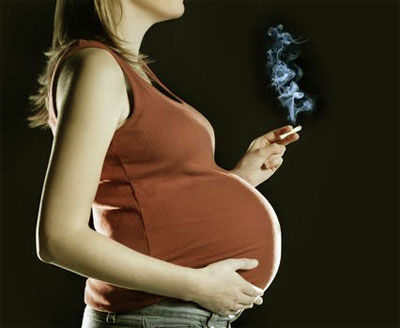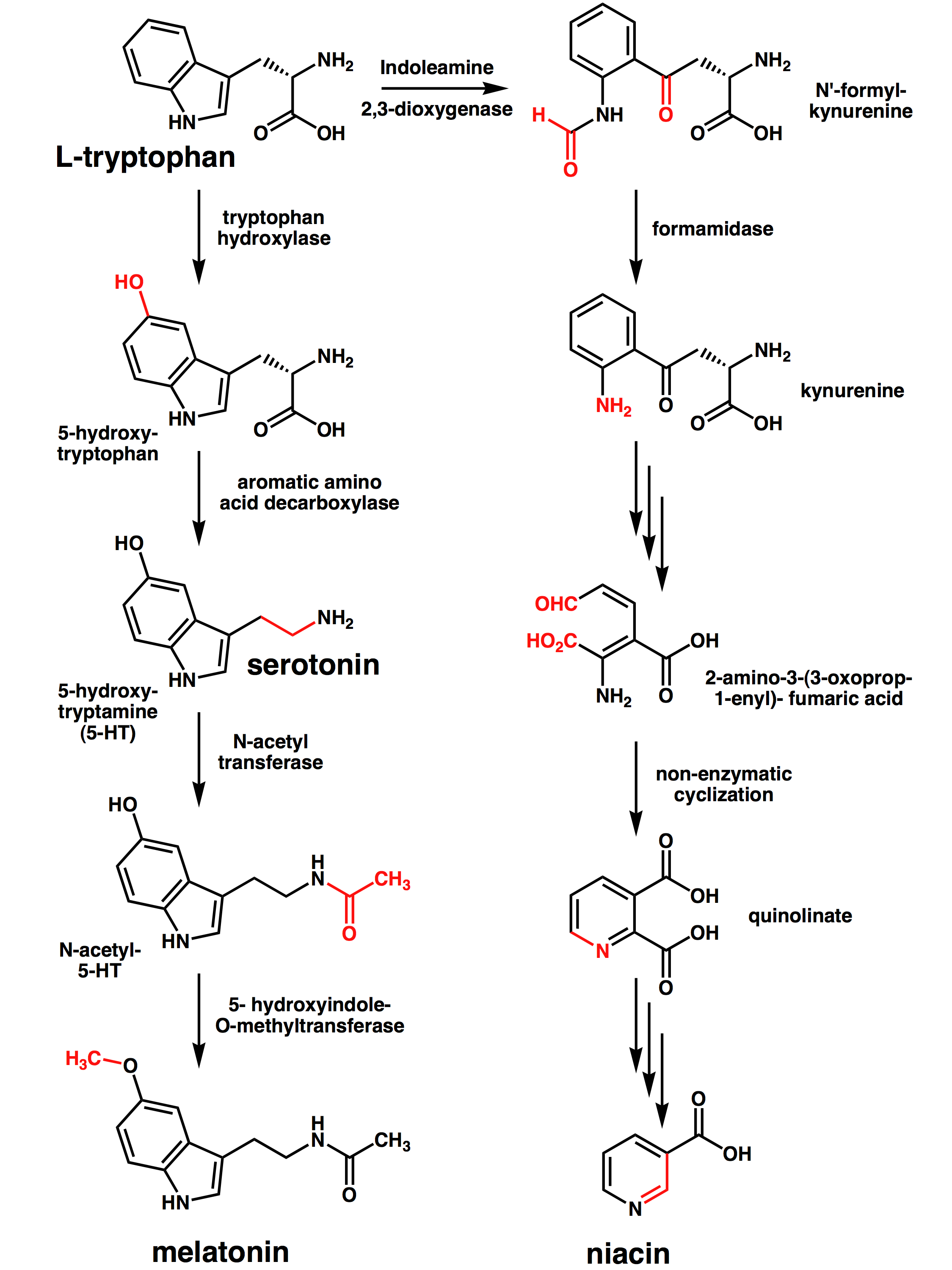DEFINITION
THE SUDDEN INFANT DEATH SYNDROME (SIDS) is the sudden death of an infant under 12 months of age that remains unexplained by a complete autopsy ; typically, a seemingly healthy infant is found dead after a sleep period.

EPIDEMIOLOGY
SIDS is the leading cause of postneonatal infant mortality in the United States, with an overall rate of 0.53/1,000 death scene investigation.
PATHOGENESIS
As the contribution of prone position diminished, the proportion of SIDS cases that were exposed in utero to nicotine in cigarette smoke increased, reaching as high as 90%. This change made maternal smoking during pregnancy the major modifiable risk factor for SIDS. Prenatal exposure to the multiple components of cigarette smoke may disrupt the development of cardiorespiratory and arousal pathways, many of which are located in the brain stem. Brain stem neurotransmitter abnormalities are found in SIDS infants, particularly in the serotonergic (5-HT) system in the medulla oblongata . This system is involved in homeostatic modulation of cardiorespiratory activity and arousal. Serotonin abnormalities in this network in infants who die of SIDS may contribute to a failure to respond to life-threatening physiological stressors, e.g., hypoxia, hypercarbia, asphyxia, or hypotension during a critical period of development.
After high-nicotine cigarette smoking began, plasma ACTH levels increased significantly above baseline within 12 min. Cortisol and DHEA increased significantly within 20 min. (art2.)


The relationship between cortisol concentrations in the venous blood of the mothers who smoked and did not smoke during pregnancy, and in the cord blood of their newborns is illustrated in this graphic. In general, the median concentrations of the hormone were lower in the cord blood of the neonates than in the venous blood of their mothers, but in three neonates of smoking and one neonate of a nonsmoking mother the cortisol concentrations were higher.
art1
TRP oxigenase activity is induced by the adrenal stress hormone cortisol. Induction of oxidative TRP catabolism also occurs via the enzyme IDO (indoleamina 2,3-diossigenasi). It follows that thriptophan decreases in in the central nervous system. The level of serotonin depends on amount of tryptophan, so cortisol reduces drastically the levels of serotonin and melatonin. Furter more, the cortisol reduces also cerebral 5HT2 Receptors, making the brain less sensitive to the serotonin action.

The response of the brain to hipercapnia is mediated by serotonin, so low level of serotonine reduces the ability of the newborn to wake up when his face is completely sinked into the pillow, expecially if extremely soft. In this way, it rises to a microambient rich of CO2, that activates cerebral seronin patway, deficient in newborn whose mother smokes during pregnancy.

There is no test to determine which infants may be at risk for SIDS. Kinney told CNN that researchers believe they are decades away from discovering a physical marker of a brainstem problem that could be identified in the blood.
To avoid the risk of SIDS, she and other doctors recommend that parents make sure that babies can breathe uninhibited during sleep: place babies on their backs to avoid their rolling over, don't over-bundle the baby, and don't leave loose bedding or stuffed toys in the crib.
Fig
